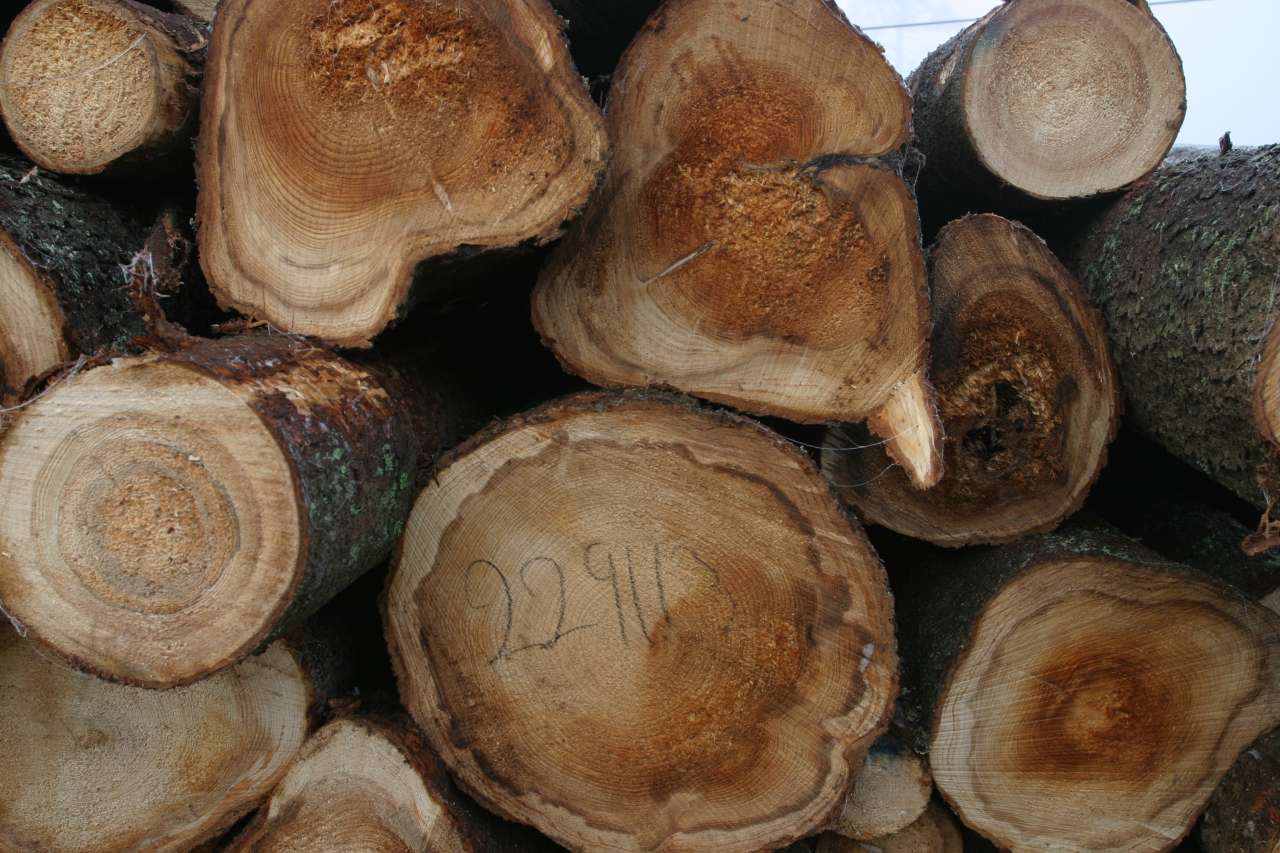Precision forestry could reduce rot damage

Photo: John Y. Larsson.
By the time of final harvest, every 5th spruce tree is affected by a wood decay fungus that causes root and stem rot. This results in enormous losses for the forest owner. Digital data from felling machinery, satellites, planes and drones could help forest management planning control this problem.
The fungus Heterobasidion parviporum that causes rot in spruce invades the tree via the root system and eventually creeps 10 to 15 meters up the trunk. Looking at it, an infected spruce tree may seem perfectly healthy and remain alive for decades. When the forest is felled, after a rotation time of 80–100 years, roughly every fifth spruce tree turns out to be rotten. Timber affected by rot is used as pulpwood or for energy production, selling for less than sawlogs. The fungus can survive in old stumps and stump root systems for up to 50 years and spread to the next spruce generation.
Currently, combined losses to Europe’s forest owners amount to NOK 7.5 billion a year. In Norway, the annual value lost is over NOK 100 million. Based on the spread biology of the fungus and the predicted future climate, the damage will increase if the industry and forest owners do not invest more in preventive measures.
A collaboration involving NIBIO’s forestry researchers, forest owners, the forestry industry, technology companies and NMBU aims to find solutions to spruce decay problems by using precision forestry. Precision forestry makes use of high technology sensing and analytical tools to support tailoring of forest management practices. For example, new technology makes it possible to use the felling machinery to register whether or not a tree is rotten, its spatial location, and the height of the stem rot column.
Combined with pre-felling data obtained from sensors on drones, planes and satellites, it is possible to predict the amount of rot to consider an optimal rotation time. It may be possible to say how far away from a rot-infected tree a new spruce plant should be planted to reduce the risk of rot in the next generation.
Contacts

Ari Hietala
Research Professor
-
Division of Biotechnology and Plant Health
(+47) 480 28 268 ari.hietala@nibio.no Office Location: Steinkjer
Contacts

Ari Hietala
Research Professor
-
Division of Biotechnology and Plant Health
(+47) 480 28 268 ari.hietala@nibio.no Office Location: Steinkjer
